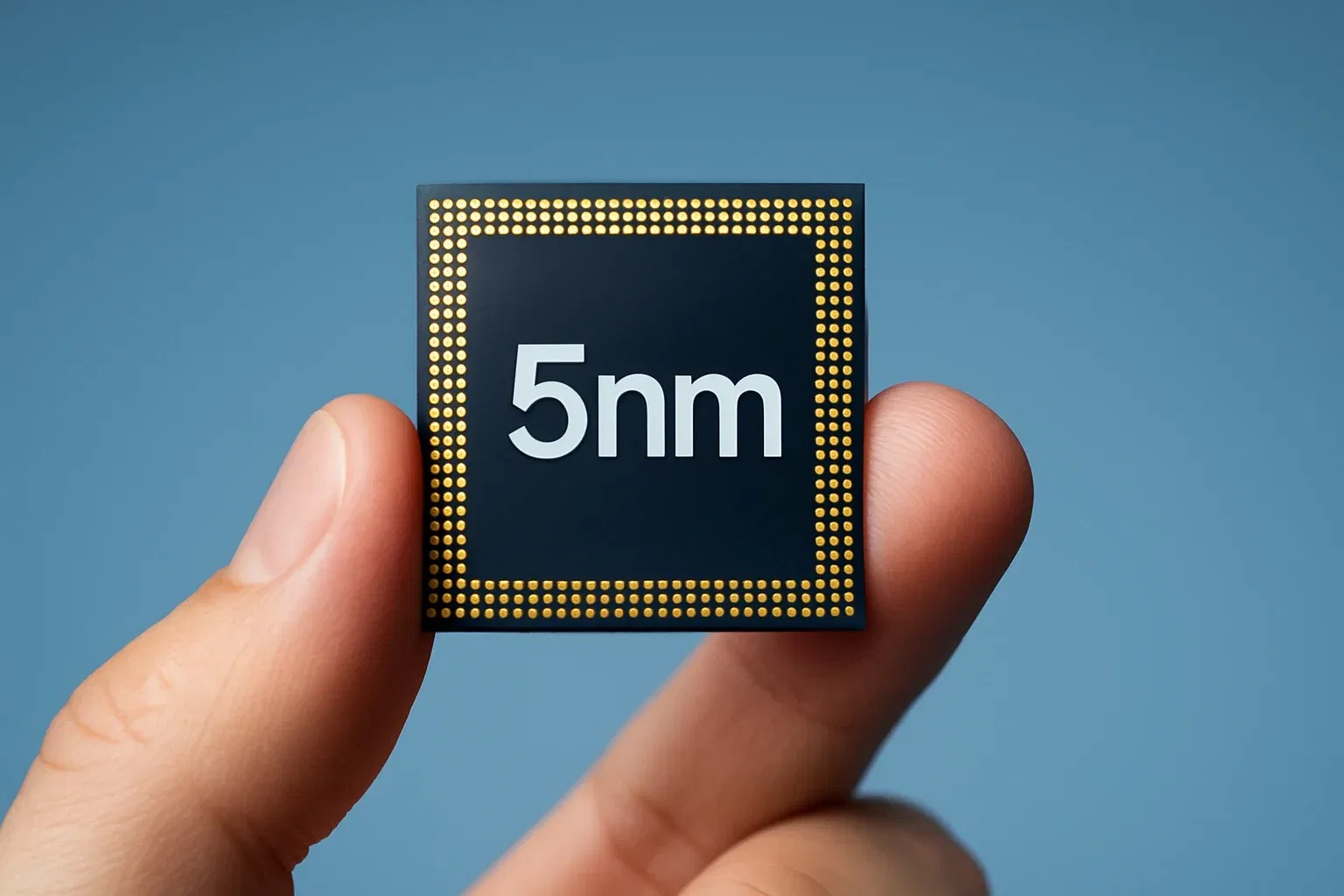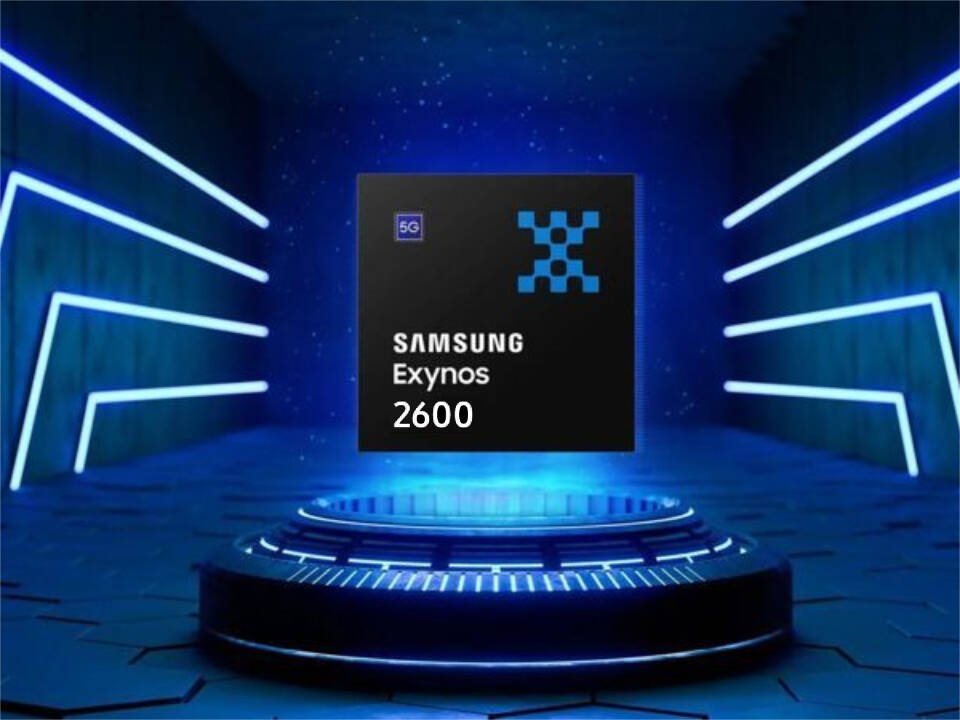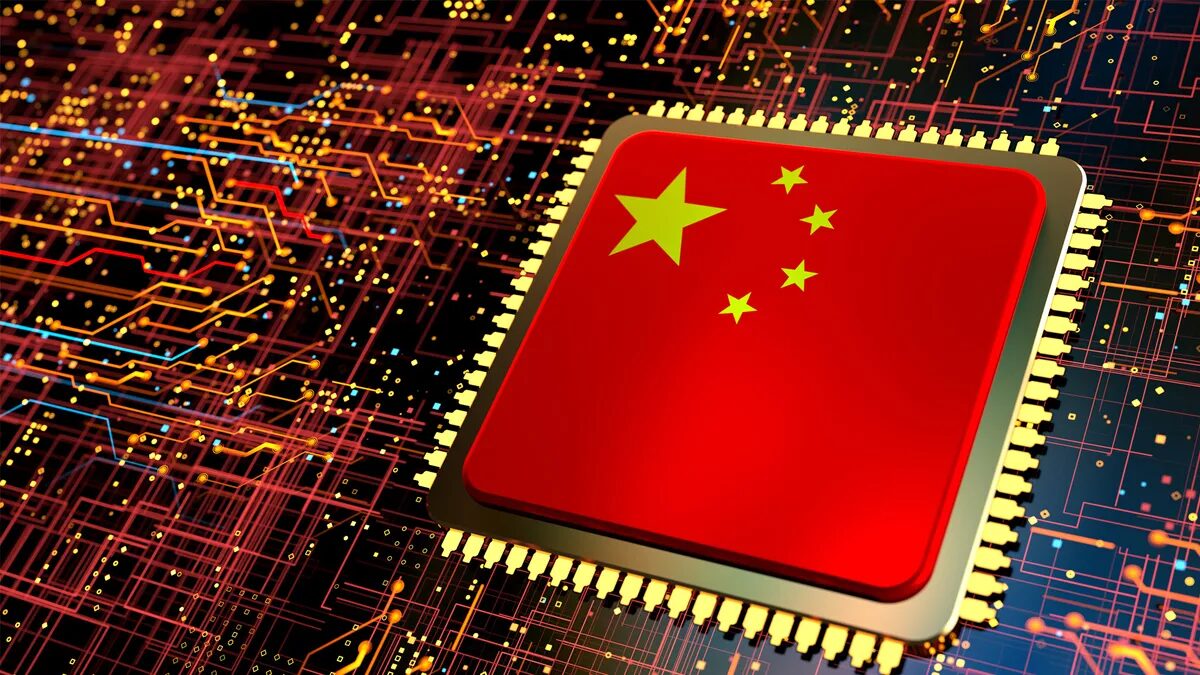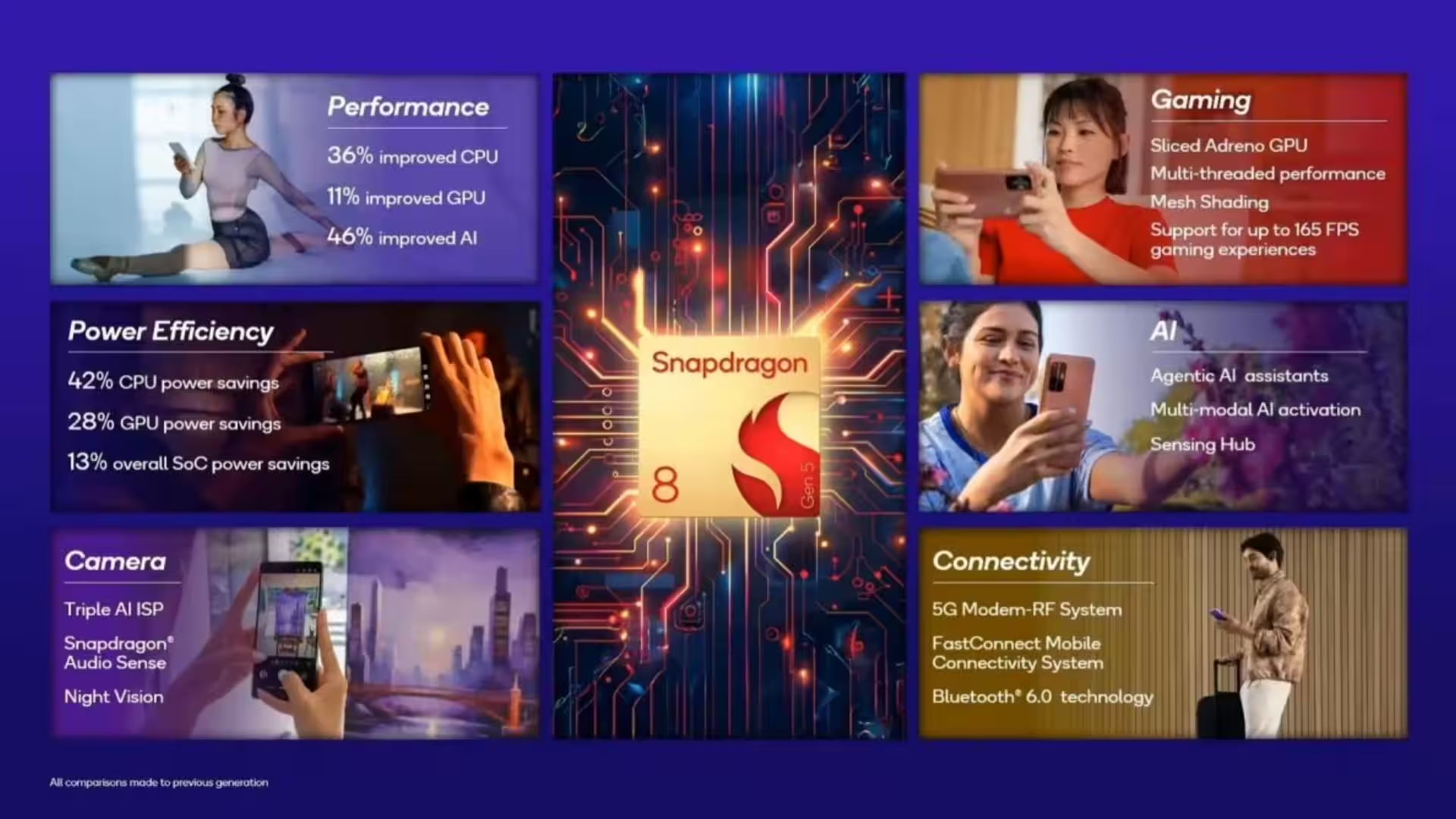China’s SMIC has started production of 5nm chips, circumventing sanctions and without Western technology

In the face of sanctions pressure and technological isolation, China has made an unexpected breakthrough: SMIC (Semiconductor Manufacturing International Corporation) has started producing 5nm chips without the use of advanced EUV lithography. This event may not only change the balance of power in the global semiconductor industry, but also become clear evidence of Beijing’s technological resilience.
In place of the forbidden extreme ultraviolet lithography, Chinese engineers used the old DUV (deep ultraviolet) technology combined with the extremely complex Self-Aligned Quadruple Patterning (SAQP) multi-step method. Although slow and expensive, this method proved to work and allowed them to achieve 5nm geometries – a level previously thought impossible without EUV.
At the same time, the engineers used the old DUV (deep ultraviolet) technology to achieve a 5nm geometry, a level previously thought impossible without EUV.

Without access to EUV, but with full determination
Till recently, it was believed that only EUV systems manufactured exclusively by the Dutch ASML could enable mass production of chips at 5nm and below. Due to export restrictions by the US and its allies, Chinese manufacturers have been cut off from these systems, and most analysts predicted stagnation at 7nm.
But SMIC took a different path – an extremely complex and resource-intensive one. Using DUV equipment combined with multi-stage lithography and etching, engineers achieved precision close to EUV capabilities. The result is a 5nm chip that analyst William Ho says is already being used in devices such as the Huawei Mate 60 with the Kirin 9000S processor – the world’s first satellite-enabled smartphone, beating even the iPhone 15.
The chip is now being used in devices such as the Huawei Mate 60 with the Kirin 9000S processor, the world’s first satellite-enabled smartphone, ahead of even the iPhone 15.
China’s semiconductor ecosystem reaches a new level

The SMIC breakthrough is not just a technical victory, but a demonstration of the maturity of China’s entire supply chain. Analysts note that Chinese companies like AMEC (etching equipment) and NAURA (wafer cleaning) are already comparable in capabilities to U.S. and Japanese competitors. What was once considered copying is now becoming a technological development in its own right.
“This is not a fake. This is an advanced factory,” Ho emphasizes, pointing out that China is no longer catching up, but moving forward on its own trajectory.
Sanctions have had an unexpected effect: Huawei goes up
SMIC isn’t just working on mobile chips. Huawei recently unveiled the Ascend 920 AI gas pedal, presumably manufactured on a 6nm process (N+3) using the same DUV multi-stage lithography. The new chip delivers up to 900 TFLOPS of performance – 30-40% more than the previous generation – and has a memory bandwidth of 4TB/s.
The new chip is expected to deliver up to 900 TFLOPS of performance – 30-40% more than the previous generation – and has a memory bandwidth of 4TB/s.
Ironic, but sanctions designed to restrict NVIDIA H20 shipments to China have only spurred demand for Huawei’s own solutions. While U.S. chips are blocked by licenses, Huawei offers products unencumbered by export barriers.
DUV at 3nm? China is preparing an even bolder move
Every SMIC chip released is a challenge to global constraints. Yes, their 5nm process may be inferior in power efficiency and performance to TSMC’s and Samsung’s EUV solutions, but it’s already “good enough” for most consumer and AI tasks.
Rumor has it that SMIC is already experimenting with Self-Aligned Octuple Patterning (SAOP) technology to get down to 3nm – exclusively using DUV. Theoretically, it’s nearly impossible, but the Chinese engineers’ practice proves that the impossible is just plain hard.
Theoretically, it’s nearly impossible, but the Chinese engineers’ practice proves that the impossible is just hard.
The future of microelectronics may no longer depend on Europe
“Moore’s Law is not dead. It has moved to Shanghai,” Ho writes.
China has not resigned itself to isolation. It is working hard on every transistor, every layer, every manufacturing step. It’s no longer a question of who has the most advanced equipment, but who is willing to go all the way, no matter what.








